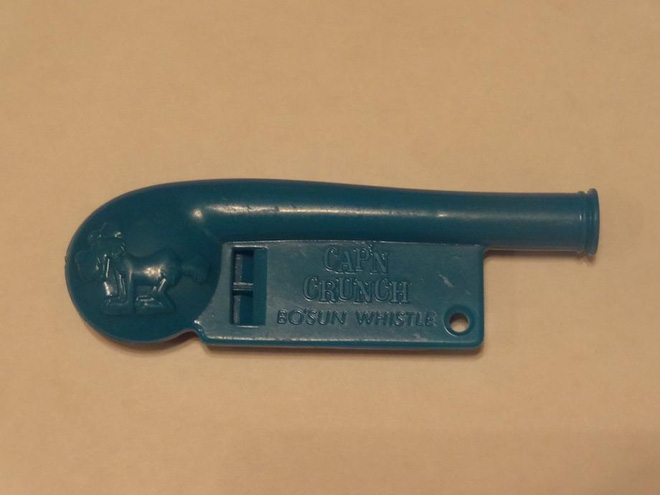


The article relied heavily on interviews with Draper and conferred upon him a sort of celebrity status among people interested in the counterculture. In 1971, journalist Ron Rosenbaum wrote about phone phreaking for Esquire.

The whistles are considered collectible souvenirs of a bygone era, and the magazine 2600: The Hacker Quarterly is named after the audio frequency. This change rendered the toy whistles and blue boxes useless for phreaking purposes. phone lines relied almost exclusively on out-of-band signaling. After 1980 and the introduction of Signalling System No. The vulnerability they had exploited was limited to call-routing switches that relied on in-band signaling. The tone disconnected one end of the trunk while the still-connected side entered an operator mode. Among the phone phreaks, one blind boy who had taken the moniker of Joybubbles had perfect pitch and was able to identify frequencies precisely.ĭraper learned that a toy whistle packaged in boxes of Cap'n Crunch cereal emitted a tone at precisely 2600 hertz-the same frequency that AT&T long lines used to indicate that a trunk line was available for routing a new call.
#Captain crunch whistle phone calls free#
The group had previously used an organ and cassette recordings of tones to make free calls. Learning of Draper's knowledge of electronic design, they asked him to build a multifrequency tone generator, known informally as a blue box, a device for emitting audio tones used to control the phone network. Teresi and several other phone phreaks were blind. A call from Denny Teresi resulted in a meeting that led Draper into the world of "phone phreaks", people who study and experiment with telephone networks, and who sometimes use that knowledge to make free calls. While testing a pirate radio transmitter he had built, Draper broadcast a telephone number to listeners seeking feedback to gauge the station's reception. He also attended De Anza College on a part-time basis through 1972.ĭuring this period, he also worked as an engineer and disc jockey for KKUP in Cupertino, California and adopted the countercultural styles of the time by wearing long hair and smoking marijuana. He moved to Silicon Valley and briefly worked for National Semiconductor as an engineering technician and at Hugle International where he worked on early designs for a cordless telephone. In 1967, while stationed at Charleston Air Force Station in Maine, he created WKOS (W-"chaos"), a pirate radio station in nearby Dover-Foxcroft, but shut it down after a legally-licensed radio station, WDME, objected.ĭraper was honorably discharged from the Air Force as an airman first class in 1968. While stationed in Alaska, he helped his fellow service members make free phone calls home by devising access to a local telephone switchboard. He was frequently bullied in school and briefly received psychological treatment.Īfter taking college courses, Draper enlisted in the U.S. As a child, he built a home radio station from discarded military components. Draper is the son of a United States Air Force engineer.


 0 kommentar(er)
0 kommentar(er)
